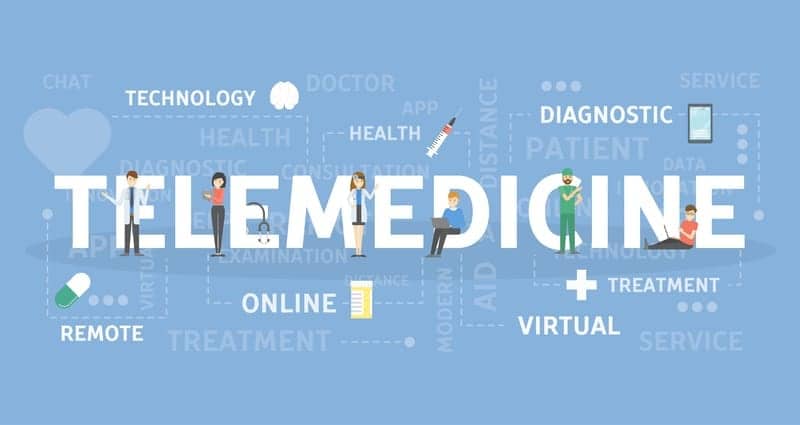Increases in the use of telemedicine during the coronavirus pandemic among people with private insurance raise concerns that the pandemic may be worsening existing disparities in overall healthcare utilization, the RAND Corporation suggests.
These increases occurred mostly among those who are more affluent and those who live in metropolitan areas, according to the RAND Corporation study, published in the American Journal of Preventive Medicine.
A 20-Fold Increase
Overall, the study found there was a 20-fold increase in the rate of telemedicine utilization following the outset of the pandemic in March 2020. At the same time, the rate of office-based medical encounters declined by nearly 50% and was not fully offset by the increase in telemedicine, a media release from RAND Corporation explains.
“This study expands our understanding about the growing use of telehealth as the pandemic progresses. Given our findings, policymakers should consider increasing efforts to reach populations that are deferring in-office care and not replacing it with telehealth visits.”
— Jonathan Cantor, lead author of the study and a policy researcher at RAND
The study analyzed insurance claims from more than 6 million people who had employer-based health insurance in 2019 and 2020. The group represented about 200 employers across all 50 US states.
Researchers examined the number and types of medical care received by enrollees from January 2019 through July 2020.
The increase in telemedicine was greatest among patients in counties with low poverty levels (about 48 visits per 10,000 people versus 15 per 10,000 people in high-poverty areas) and among patients in metropolitan areas (about 50 visits per 10,000 people versus about 31 visits per 10,000 people in rural areas).
Adults were more likely to have a telehealth visit as compared to children aged 12 and younger (about 65 visits per 10,000 adults as compared to about 50 visits per 10,000 children), the release explains.
“More intensive training for parents and pediatricians about telehealth, as well as efforts to address barriers to children’s access to telemedicine, may be necessary.”
— Jonathan Cantor
[Source(s): RAND Corporation, Newswise]
Related Content:
COVID Accelerates NextGen Telemedicine Adoption
How Telemedicine Helps Patients with Chronic Pain During Lockdown
Rusk Rehabilitation Rolls Out Physitrack Telemedicine Solution





